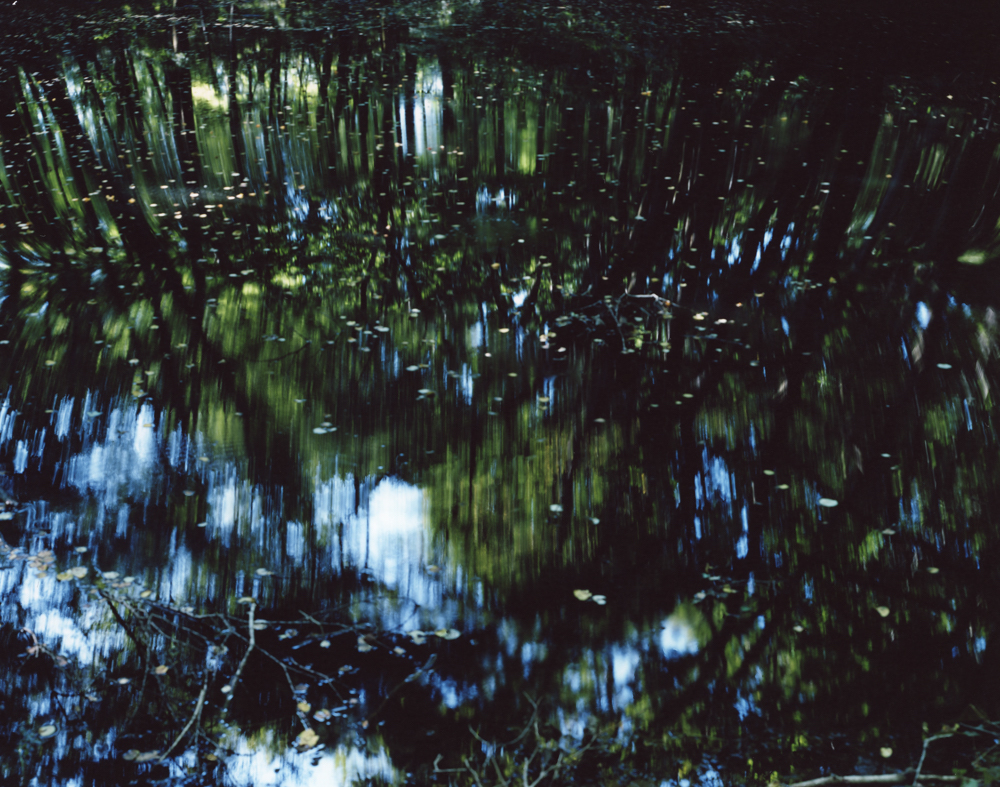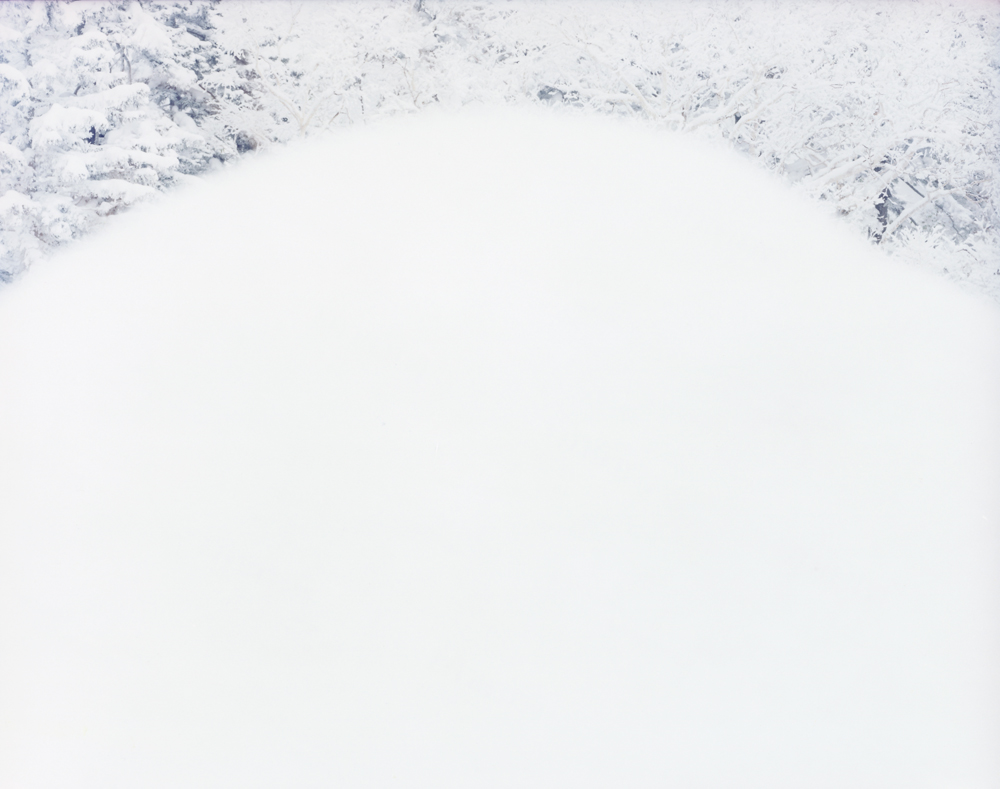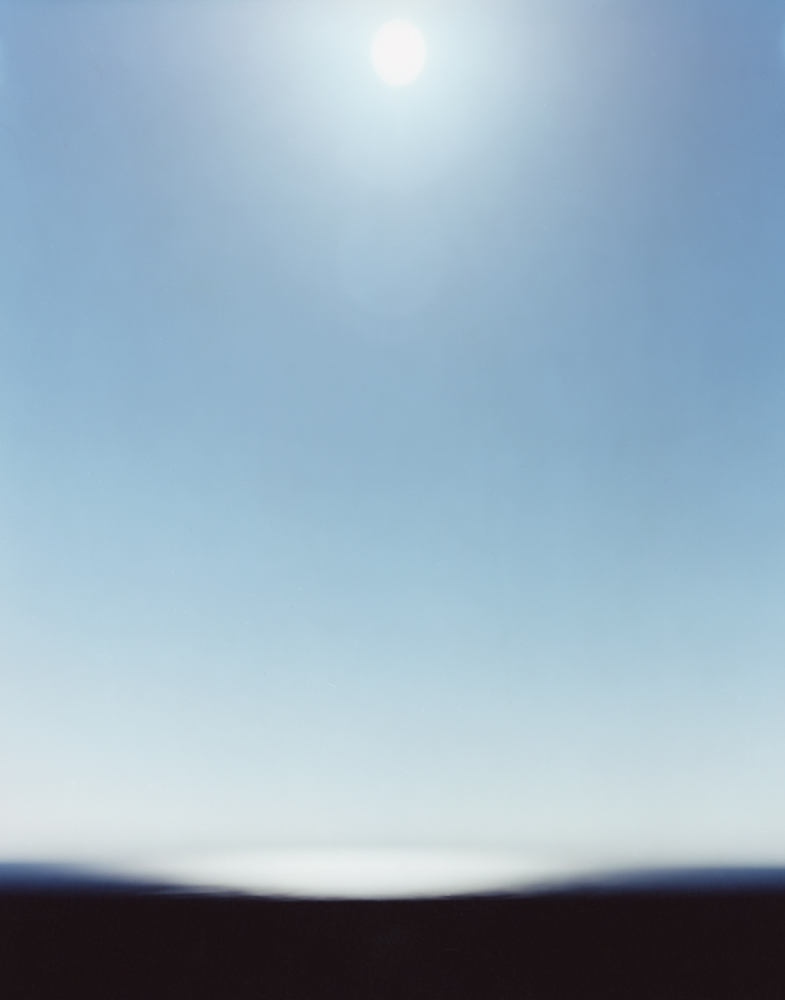
© Risaku SUZUKI (*1963, Japan) Water Mirror 14, WM-75, 2014 Chromogenic print 120 x 155 cm (47 1/4 x 61 in.) Edition of 5
Expositions du 9/6/2016 au 20/8/2016 Terminé
Christophe Guye Galerie Dufourstr. 31 8008 Zurich Suisse
Christophe Guye Galerie proudly presents Risaku Suzuki’s second solo exhibition at the gallery. It follows a major exhibition of the same name at Tokyo Opera City Art Gallery in 2015. The exhibition comprises a selection of works from the series Sakura, White, Water Mirror and Between the Sea and the Mountain-Kumano, all created over the last six years.Christophe Guye Galerie Dufourstr. 31 8008 Zurich Suisse
"Japan is emerging from a period of significant trauma after the Tōhoku earthquake and ensuing tsunami. The 2011 earthquake was the most powerful in Japan since modern measuring began more than a hundred years ago; among its disastrous consequences was the meltdown at the Fukushima Daiichi Nuclear Power Plant. In light of these traumatic events, are Suzuki’s images from his home Kumano region a retreat to nature, there to find solace? Lush forests, pristine seas, gentle sunlight and powdery cherry-blossom against azure skies fill the prints. Yet the perspective deep within the rich greenery is that of a kaleidoscope. The surface of water reflects its surroundings; focus is deep within the cloud of pink-white petals. These scenes are dizzying, the viewer has no foothold, no secure vantage point.

© Risaku SUZUKI
The region, in the southern part of the Kii peninsula on the island of Honshū, is covered in dense temperate rainforest and is also a site of pilgrimage. Since the fusion of Shintoism and Buddhism more than a millennium ago, a ritual of walking across and around the peninsula to worship at three main Kumano shrines has been practiced. In Kumano, nature is culture.
Yet as Minoru Shimizu points out in his essay on this body of work, ‘any photograph of an “authentic” Kumano is nothing but a well-made lie.’ As we all know, images of nature without evidence of humanity have contemporary currency; they embody the illusion of an untouched environment and they equally testify to our rapacious hunger - to experience that elusive view, to document it and to share it. And real experience shows that the best views are spoiled by all the other people photographing them.
If the implications of digital photography and its dissemination inform Suzuki’s works, so too do centuries of transcultural exchange in fine art. As the recent ‘Inspiration Japan’ exhibition at the Kunsthaus Zurich demonstrated magnificently, many European Impressionists and post-Impressionists were in thrall to Japanese art; artistic currents had already crossed the other direction prior to that. Comparing Suzuki’s approach to the European avant-garde of a century ago may seem a stretch too far, but there is more to it than common subject matter. Monet’s endeavours to observe change in nature, for example, brought a new quality of time into painting, and Suzuki’s photographs are all about time. These images are an extraordinary condensate of time, exploring photography as a means to see more than the eye and brain combined do, to try to capture the full complexity of a moment. Suzuki takes what we might scan in a glance, and inscribes it with all the detail we filter out, because that is what we must do to make sense of the world.

© Risaku SUZUKI
Thus it emerges that Suzuki is mastering a complex balance. This is not photography in denial of its time or its heritage, indeed it can be seen as a clear continuation of that artistic heritage. Yet it is simple - we are looking at nature. Suzuki loosens our grip on where we are, the everyday noise, visual and audible, that dulls our senses, so that he can take us into just one moment to truly see it. "
Aoife Rosenmeyer, May 2016

